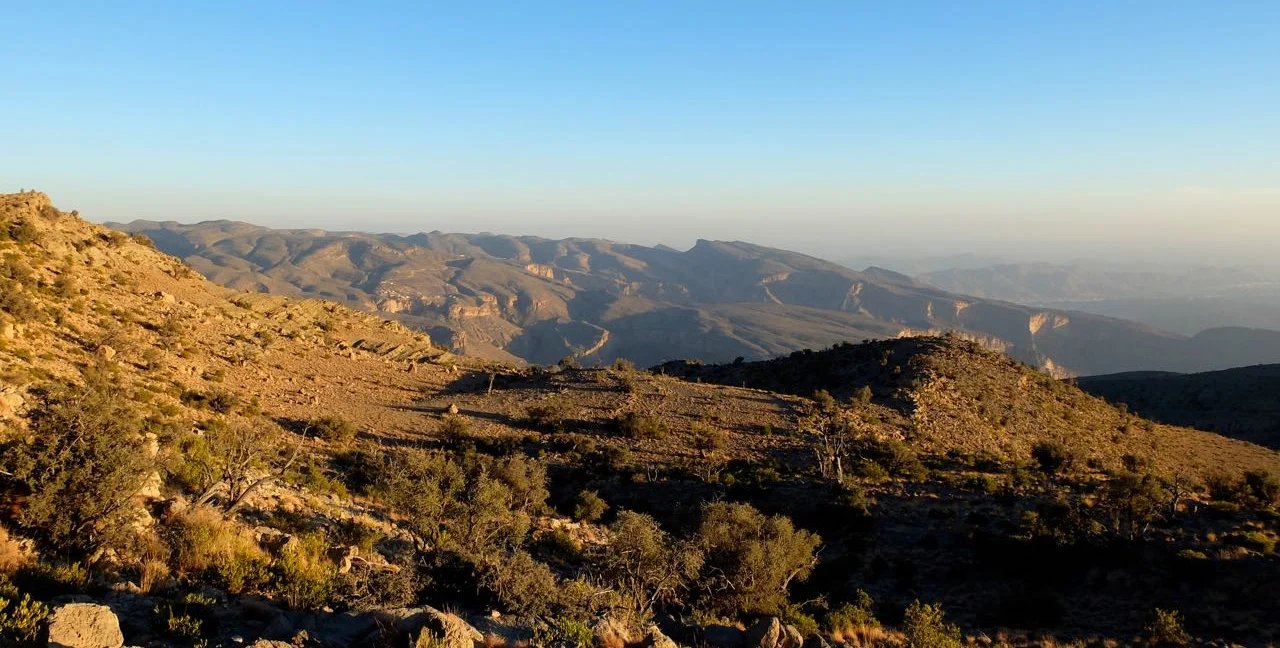Why are Hijaz Mountains So Prominent?
Unveiling the Majesty: Exploring the Allure and Impact of the Hijaz Mountains
Hijaz Mountains

In the tapestry of natural wonders that adorn our planet, few landscapes command attention and reverence quite like the Hijaz Mountains, also known as the Hejaz Range. Nestled in the western region of Saudi Arabia, these majestic mountains rise proudly, their rugged peaks etching a silhouette against the sky. Yet, beyond their sheer physical grandeur, the Hijaz hold a deeper significance that resonates through history, culture, and ecology. In this exploration, we embark on a journey to unravel the mysteries of why the Hijaz Mountains are so prominent, delving into geological forces, cultural narratives, and ecological diversity to uncover the essence of their magnificence.
Geological Origins: The Forces That Shaped the Hijaz Mountains
To comprehend the prominence of the Hijaz Mountains, one must first delve into the geological processes that forged their towering peaks and sculpted their dramatic landscapes. The roots of these mountains trace back millions of years to the tectonic collisions and upheavals that shaped the Arabian Peninsula.
The Arabian Plate, a vast geological entity encompassing the Arabian Peninsula, underwent a tumultuous journey through time, converging and colliding with neighboring plates to create the vast mountain ranges that define the region today. The collision between the Arabian Plate and the African Plate gave rise to the formation of the Red Sea and the rift valleys that flank its shores, including the Hejaz region where the Hijaz stand.
As the plates continued to shift and interact, the forces of tectonic activity uplifted and folded the Earth’s crust, thrusting immense blocks of rock upwards to form the rugged peaks and valleys of the Hijaz Mountains. Erosion, both by wind and water, further sculpted the landscape, carving deep gorges, sheer cliffs, and imposing escarpments that characterize the region.
Cultural Significance: The Hijaz Mountains in Myth, History, and Religion
Beyond their geological origins, the prominence of the Hijaz Mountains is deeply intertwined with the cultural narratives and historical legacies that have unfolded in their shadow. For millennia, these mountains have been central to the identity and imagination of the peoples who inhabit the Arabian Peninsula.
In ancient times, the Hijaz served as a natural barrier separating the fertile coastal plains from the harsh desert interior, shaping patterns of settlement, trade, and migration in the region. The mountains were not merely physical features but symbolic boundaries, demarcating territories and defining the boundaries of kingdoms and empires. Just as we know Why are Chukotka Mountains So Prominent?
The Hijaz Mountains are also imbued with religious significance, particularly in Islam, where they are revered as sacred landmarks and spiritual sanctuaries. Mecca and Medina, two of the holiest cities in Islam, are nestled in the foothills of the Hijaz, drawing millions of pilgrims each year to perform the Hajj and Umrah pilgrimages.
According to Islamic tradition, the Hijaz Mountains are imbued with divine blessings and spiritual significance, with numerous sites and landmarks believed to be associated with the lives of prophets and the events of sacred history. Mount Arafat, Mount Uhud, and the Cave of Hira are just a few of the iconic locations that dot the landscape of the Hijaz, revered by Muslims as places of profound spiritual significance and pilgrimage.
Ecological Diversity: The Hijaz Mountains as a Haven of Biodiversity
In addition to their geological and cultural prominence, the Hijaz Mountains are also renowned for their ecological diversity and rich biodiversity. Despite the arid climate that prevails in much of the Arabian Peninsula, the mountains provide a refuge for a wide range of plant and animal species, adapted to the unique microclimates and habitats found at different elevations.
From the foothills to the high mountain peaks, the Hijaz Mountains support a variety of ecosystems, including dry scrublands, dense woodlands, and alpine meadows, each harboring a distinct array of flora and fauna. Juniper forests, acacia groves, and date palm oases are common sights in the lower elevations, while high-altitude habitats are home to species such as the Arabian leopard, Nubian ibex, and mountain gazelle.
The Hijaz also play a crucial role in regulating local climate patterns and supporting regional water resources, acting as a natural barrier to moisture-laden air currents from the Red Sea and capturing precipitation in the form of rain and snow. The wadis and valleys that crisscross the mountains serve as vital corridors for water flow and groundwater recharge, sustaining ecosystems and human communities alike.
Conclusion: A Tapestry of Beauty and Significance
In conclusion, the prominence of the Hijaz Mountains transcends mere physicality, encompassing geological majesty, cultural resonance, and ecological vitality. These mountains stand as silent witnesses to the forces of nature and the passage of time, their towering peaks and rugged slopes embodying the enduring spirit of the Arabian Peninsula.
From the ancient narratives of myth and legend to the living traditions of pilgrimage and prayer, the Hijaz weave a tapestry of beauty and significance that continues to captivate the hearts and minds of all who behold them. As we marvel at their grandeur and contemplate their mysteries, let us remember that the true essence of the Hijaz Mountains lies not just in their physical form but in the stories they tell and the connections they forge across time and space.
Know More about Hijaz Mountains.
What Are The Tourist Places Nearest to Hijaz Mountains?
When Were Hijaz Mountains Formed?
Where Are Hijaz Mountains Located?
Who Discovered Hijaz Mountains?
How to Reach Hijaz Mountains?




